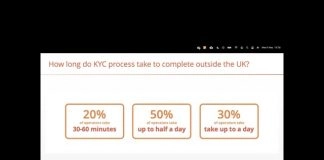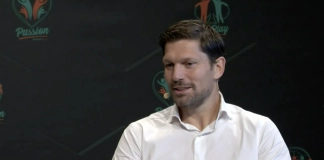As the regulatory framework within sports intensifies and evolves, brands are trying to find a way to capture interactivity within their products.
NHL commissioner, Roger Goodell, has recently announced that he wants to try and get digital experiences and build connectivity with fans, as we see further sports creating apps in a bid for engagement.
Speaking on SBC’s webinar, – The Rise Mobile First Gaming – Ryan Jespersen, Chief Revenue Officer at Millicast, stated: “We are going to see a lot of these progressive web apps being built to try and make that remote experience feel real.”
Jespersen explained that this equals a ‘huge unrealised value’ as he highlighted the example of Premier League club Manchester United: “They have the biggest global fan base in the world, but at their stadium, they can only capture so much of that fanbase through selling tickets, concessions, shirts and merchandise.
“But if they are able to tap into this global fan base, and find a way to retain the value, if they only charge a £1 off of every global fan we’re talking about an excess of half a trillion dollars on a per game basis.”
In the new age of interactivity, brands continue to figure out how they can gain alternative value away from solely selling tv rights to international broadcasters.
Focusing on video and audio interactivity, Jesperson suggested that in order for that medium to be engaging, a company must follow the building blocks to make them interactive.
He continued: “We’re not just talking about one-way exchanges, we’re talking about two-way exchanges, between fans. You can have a watch party that you’re now trying to add additional products into, and you really want the audience and participants to become one in the same.”
Real time time technology, high broadcast quality, web-scaling and security are a few ways of which organisations are trying to uphold interactivity following regulations.
Clubhouse, a social audio app that was earlier released this year, looks to make a passive participant become a part of an active podcast. Jespersen expressed that this interactive element ‘can be very true of fan engagement’, and when trying to watch all kinds of content.




